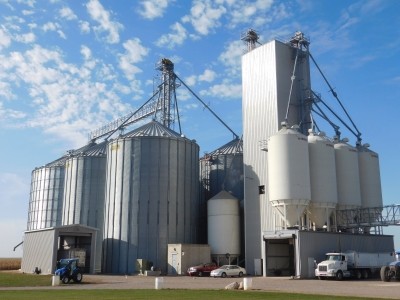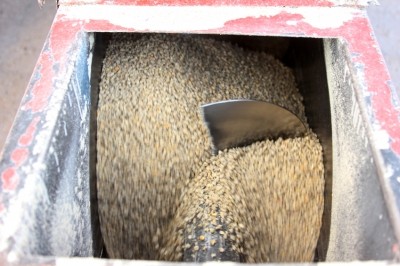Feed mill biosecurity planning tips offered at IPPE

The session is one of several seminars focused on the work and management of feed mills.
“This presentation is designed to provide feed and ingredient manufacturers with recommendations that can be used to develop a biosecurity plan to control the potential spread of animal diseases through feed and feed ingredients,” said Henry Turlington, director of quality education and training for the American Feed Industry Association (AFIA). “I cannot stress enough, every facility, location or business should develop a biosecurity plan based on the potential hazards and risks of occurrence within their processes.”
Session details
In addition to calling attention to the need for facilities to have and use biosecurity plans, the session is designed to offer information on how to design or update a system, said Turlington.
“The presentation will focus on developing biosecurity practices for feed and ingredient manufacturers to control biological hazards that may contribute to the spread of animal diseases,” he told us.
International trade and the spread of diseases including the Porcine Epidemic Diarrhea (PED) virus that may have been tied to the large bags used to transport animal feed or bulk ingredients could demonstrate the continued need for attention to biosecurity plans.
“It’s important to remember, the concept for biosecurity to control the spread of animal diseases is not new,” said Turlington. “However, the societal and financial impact of spreading highly contagious animal diseases has increased due to the intensity and the global nature of animal agriculture and transport of pathogens worldwide.”
However, he said, it can be important to remember that work does not end with the creation of a biosecurity plan.
“It is necessary these procedures, post implementation, are continually evaluated (per the plan) and remain effective as situations change,” he said. “There are numerous hazards that feed and ingredient manufacturers need to control or prevent, including physical, chemical and biological hazards.”
Additionally, to be most effective, the culture of the facility needs to support following and using the control methods established, he said.
“A facility must continuously assess the risks for spreading animal diseases to ensure the effectiveness of its biosecurity plan,” addedTurlington. “Communication with employees, customers and industry associates is important to preventing and controlling the spread of animal diseases.”
Other sessions dealing with feed mills include energy management and the naming of the 2015 feed mill of the year.
About IPPE
The integrated trade show, located in Atlanta, Georgia is set to see more than 1,200 exhibitors and officials are predicting more than 28,000 attendees this year. The event is scheduled to run from January 26 to 28.
The international event combines three trade shows, including the International Poultry Expo, the International Feed Expo and the International Meat Expo. This year’s event is being sponsored by AFIA along with the US Poultry and Egg Association (USPOULTRY) and the North American Meat Institute (NAMI.)







